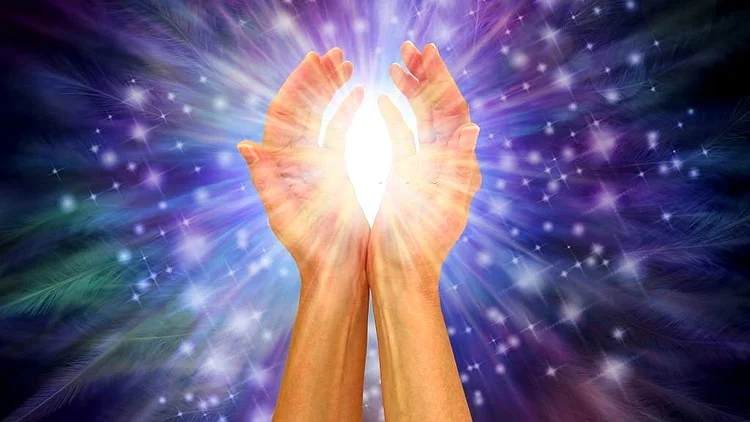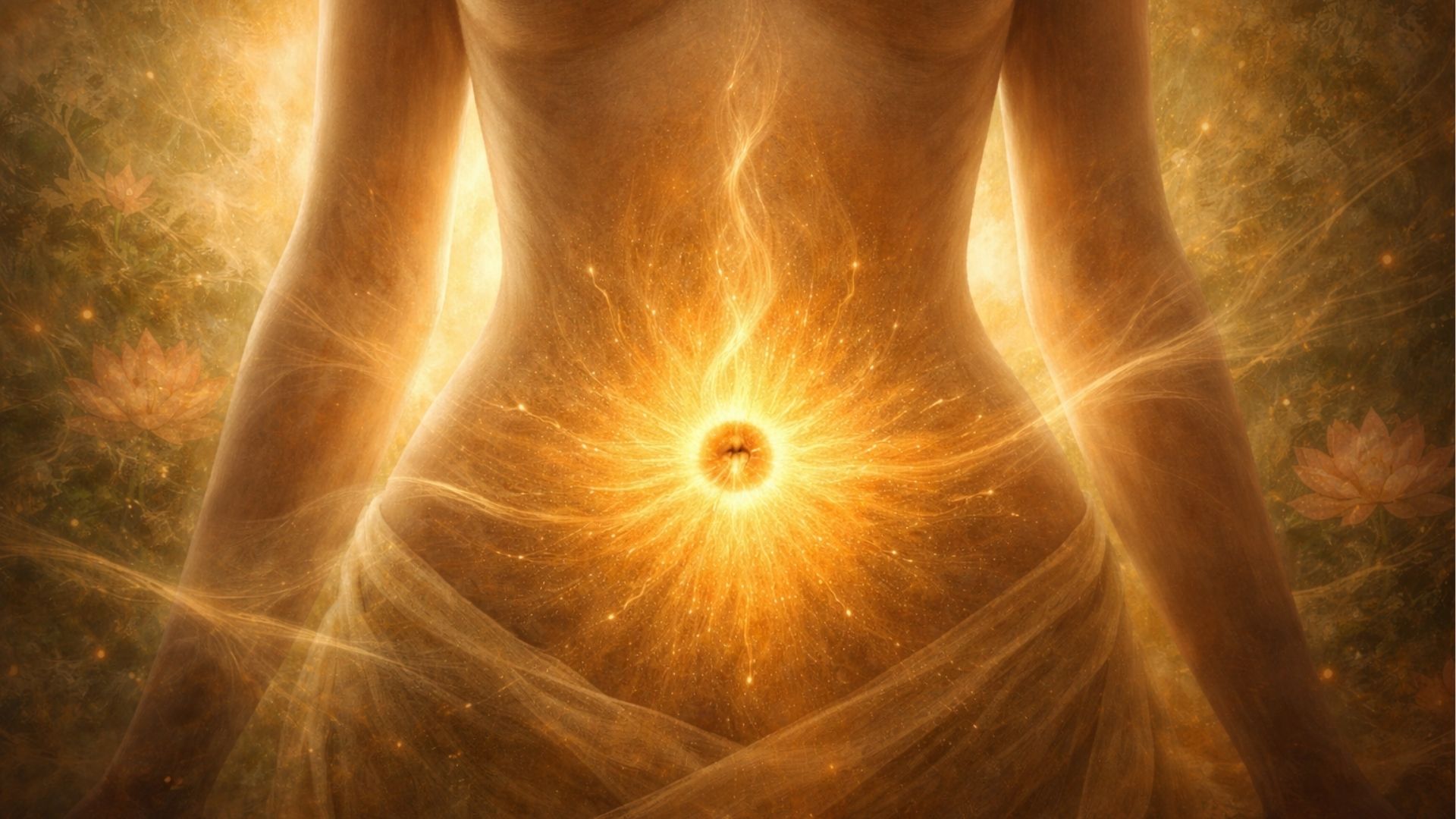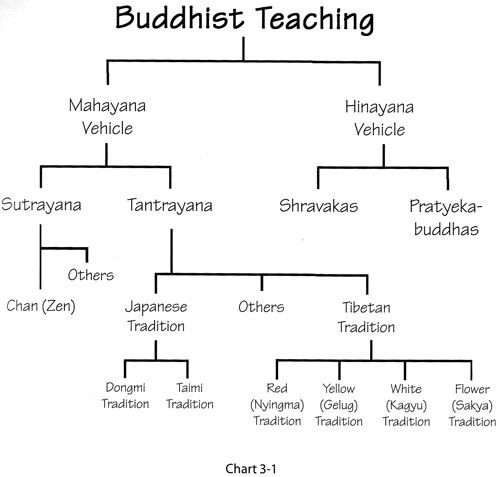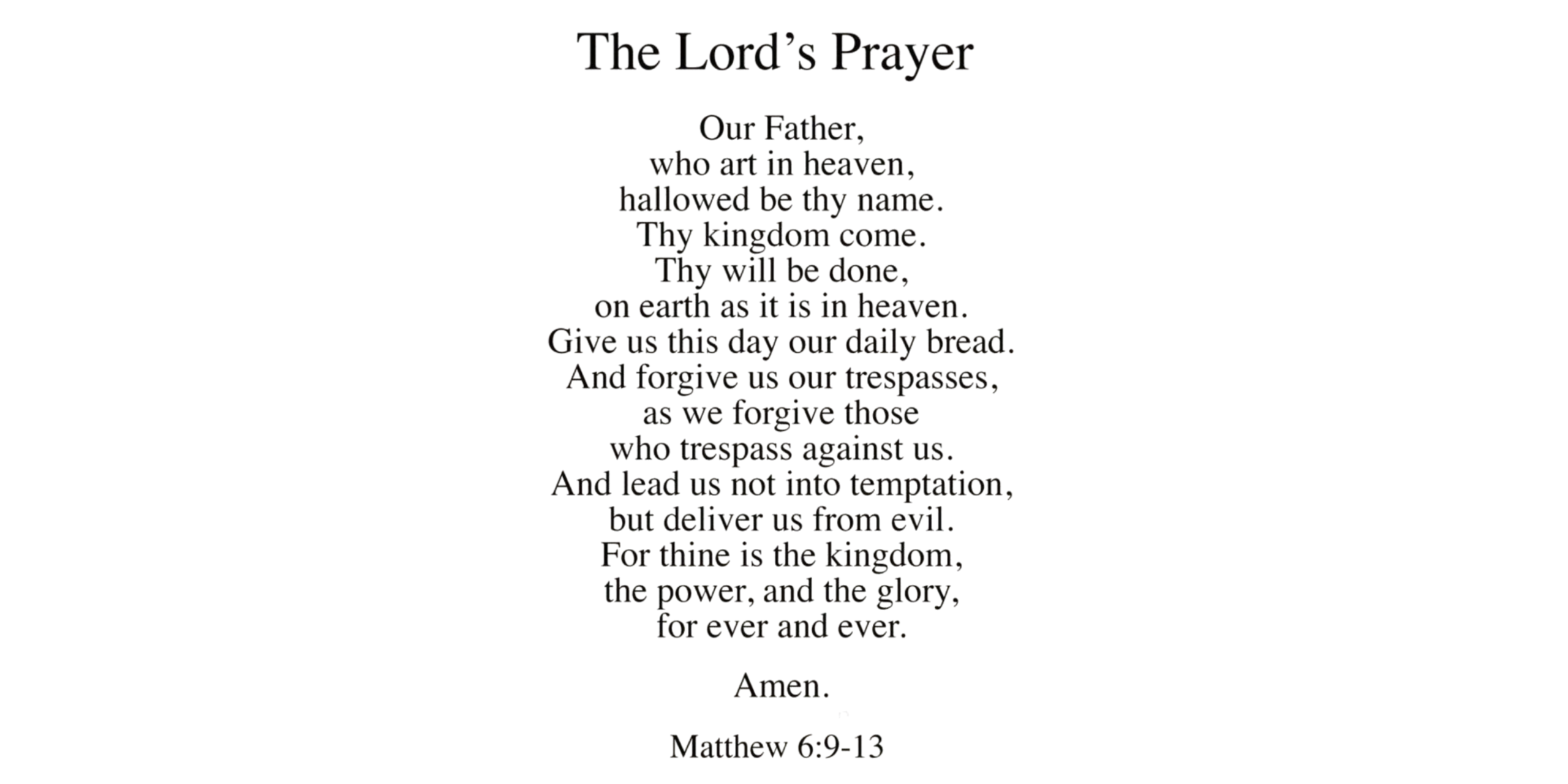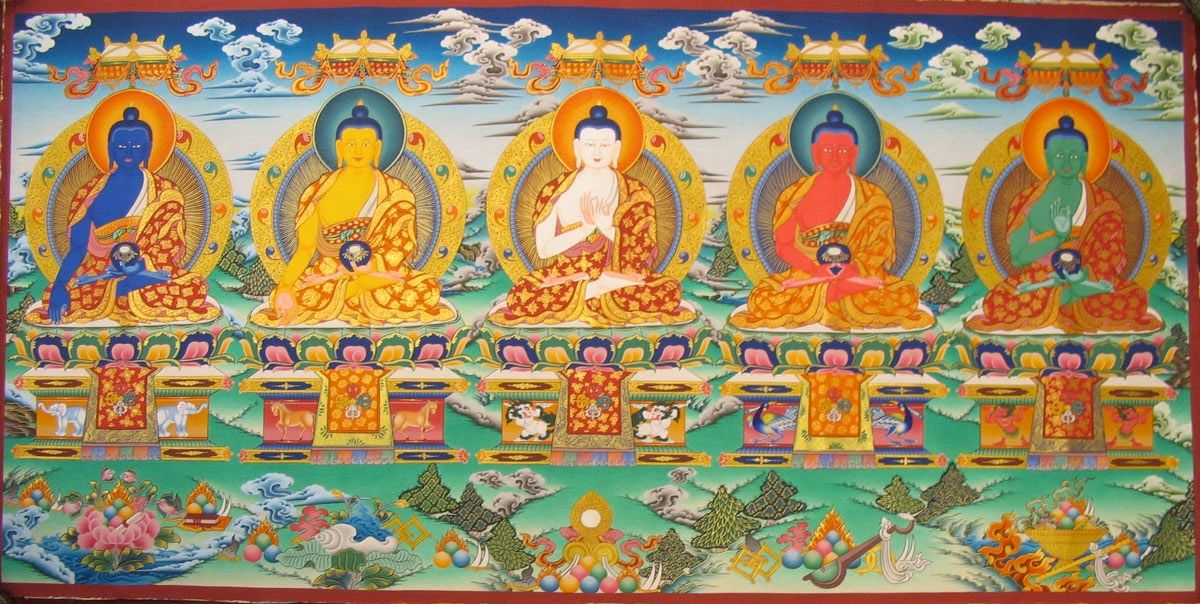Energy healing is one of those practices that has been gaining attention, not as a quick fix, but as a gentle, holistic approach to wellness. Energies can be felt in day-to-day basic activities like walking into a room and instantly feeling a shift in energy? Maybe you’ve met someone whose presence felt calming or, conversely, draining. That’s because everything around us, including our bodies, is made up of energy.
Energy healing taps into this unseen force, helping restore balance, reduce stress, and promote overall well-being. But what exactly is energy healing? How does it work? And what are the different types you might come across? Let’s explore.
What Is Energy Healing?
At its core, energy healing is based on the idea that everything in the universe is made up of energy-including us. Think of it like this: when you’re feeling low, stressed, or out of sync, it’s often because your energy is blocked or imbalanced. Energy healing aims to restore the natural flow of energy in your body, helping you feel more grounded, centered, and vibrant.
It’s not a new concept. In fact, energy healing has roots in ancient traditions like Chinese medicine, Ayurveda, and Indigenous practices. These cultures have long understood that our physical, emotional, and spiritual health are deeply interconnected. Energy healing works on the principle that by addressing the energy body, we can influence our overall well-being.
Think of energy like water. When it flows freely, everything functions well. But when there’s a blockage, issues arise, just like stagnant water can become murky. Energy healing helps clear these blockages, allowing vitality to return.
How Does Energy Healing Work?
Energy healing operates on the belief that we all have an energy field – sometimes called an aura, that surrounds and permeates our physical body. This field is made up of different energy centers, often referred to as chakras (a concept from Ayurvedic and yogic traditions).
When these centers are balanced and energy flows freely, we feel healthy and harmonious. But when there’s a blockage or imbalance, it can manifest as physical pain, emotional distress, or mental fatigue.
Energy healers use various techniques to detect and correct these imbalances. They might work with their hands, crystals, sound, or even their own energy to help clear blockages and restore balance. The aim isn’t just to alleviate symptoms but to address the root cause of the issue, promoting long-term healing.
Why Try Energy Healing?
You might be wondering, “Why should I consider energy healing?” The truth is, it’s not for everyone, but many people find it incredibly helpful for:
- Stress Relief: Life can be hectic, and energy healing offers a way to slow down and reconnect with yourself.
- Emotional Healing: It can help release stored emotions or trauma that you might not even realize you’re carrying.
- Physical Wellness: By addressing energy imbalances, some people experience relief from chronic pain or other physical ailments.
- Spiritual Growth: If you’re on a spiritual journey, energy healing can help you feel more connected to yourself and the universe.
It’s important to note that energy healing isn’t a replacement for medical treatment. Instead, it’s a complementary practice that can work alongside traditional medicine to support your overall well-being.
Types of Energy Healing
There are many energy healing modalities, each with unique approaches. Here are some of the most well-known:
1. Reiki
Reiki is perhaps the most popular form of energy healing. Originating in Japan, it involves a practitioner channeling universal life force energy to the recipient, usually through light touch or hovering hands. The word “Reiki” translates to “universal life energy,” and the practice is all about promoting relaxation, reducing stress, and supporting the body’s natural healing abilities.
2. Acupuncture and Acupressure
These practices come from Traditional Chinese Medicine (TCM) and focus on balancing the body’s energy, or qi (pronounced “chee”). Acupuncture uses thin needles to stimulate specific points on the body, while acupressure uses gentle pressure. Both aim to unblock energy pathways and restore harmony.
3. Chakra Healing
Chakra healing focuses on the seven main energy centers in the body. Each chakra corresponds to different physical, emotional, and spiritual aspects of our being. A chakra healer might use techniques like meditation, visualization, or crystals to balance these energy centers.
4. Pranic Healing
Pranic healing is based on the idea that the body can heal itself by using prana, or life force energy. Practitioners work to cleanse and energize the body’s energy field, often without physical touch. It’s a no-touch, no-drug approach that’s gaining popularity for its simplicity and effectiveness.
5. Sound Healing
Sound healing uses vibrations, from instruments like singing bowls, tuning forks, or even the human voice, to restore balance to the energy body. The idea is that sound can break up stagnant energy and promote flow.
6. Crystal Healing
Crystals have been used for centuries for their healing properties. Each crystal has a unique vibration that can interact with your energy field. For example, amethyst is often used for calming, while rose quartz is associated with love and emotional healing.
Can Anyone Practice Energy Healing?
Absolutely! While some techniques require training and certification, many energy healing practices – like meditation, breathwork, and simple Reiki self-healing techniques, can be learned and practiced by anyone. The key is to be open, intentional, and consistent.
That said, it’s important to find a reputable practitioner who resonates with you. Trust your intuition and do your research. And remember, energy healing is just one tool in the toolbox. It’s not a magic cure, but it can be a powerful way to support your journey toward balance and well-being.
What to Expect in an Energy Healing Session
If you’re curious about trying energy healing, here’s what you might expect:
- Initial Consultation: Many practitioners start with a conversation to understand your needs and goals.
- The Session: Depending on the type of healing, you might lie down, sit, or even move around. The practitioner will work with your energy field, often using their hands, tools, or techniques specific to their practice.
- Aftercare: You might feel relaxed, energized, or even a bit emotional afterward. It’s important to drink water, rest, and take time to process the experience.
Closing Reflections
Energy healing is not a one-size-fits-all approach. Some people feel immediate shifts, while for others, healing unfolds gradually. Whether you seek relief from stress, physical pain, or emotional wounds, exploring energy healing can be a beautiful way to reconnect with yourself and restore balance in your life.
If you’re curious, why not give it a try? You might just discover a new way to nurture your mind, body, and spirit.
At Masi Wellness, we believe in the power of holistic practices to support your well-being. If you’d like to learn more about energy healing or explore our offerings, feel free to reach out. Your journey to balance and harmony starts here.

